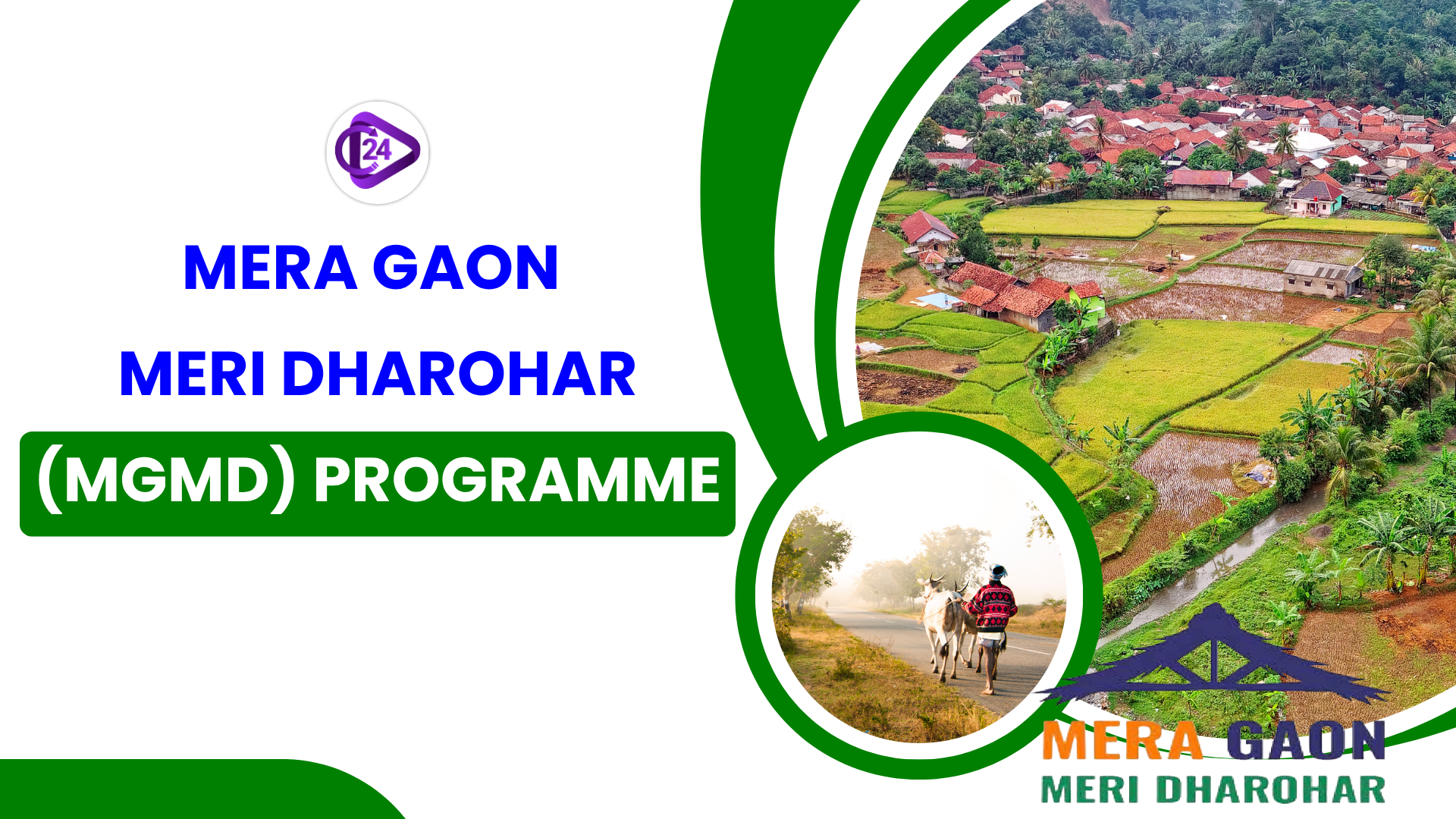
Mera Gaon Meri Dharohar (MGMD) programme is one of the constituent programmes of the national programme of cultural mapping titled Indira Gandhi National Centre (IGNCA) which is a part of the National Mission of Cultural Mapping (NMCM) of India. The programme was launched from June 2023 as part of Azadi Ka Amrit Mahotsav, which will capture the culture of 6.5 lakh Indian villages. Already 4.7 lakh villages worth of data have been uploaded on the MGMD portal consisting of diverse repertoires of oral traditions, festivals, forms of art, and customs. The programme embraces inclusive documentation and the documentation even of marginalized communities and lesser-promoted forms of cultural expression. Notwithstanding the fact that no state-wise allocation of finances has been done so far, the mission is a historic attempt of utilizing culture when it comes to empowering the rural communities and preserving their identities.
Context:
-
Mission: National Mission on Cultural Mapping (NMCM)
-
Introduced by: Ministry of culture, Government of India
-
Agency to be Implemented: IGNCA (Indira Gandhi National Centre for the Arts)
-
Name of the programme: Mera Gaon Meri Dharohar (MGMD)
-
Opening: June 2023 (in the framework of Azadi Ka Amrit Mahotsav)
-
Sub-Web Portal: https://mgmd.gov.in
Objectives:
-
to capture and digitally map the cultural identity of 6.5 lakh Indian villages.
-
To conserve and to encourage the intangible cultural heritage.
-
To support local cultural resources as a way of enhancing rural economic potential.
-
In order to establish a representational, readily accessible cultural repository with researchers, policymakers and the citizens in mind.
Elements of Village Cultural Mapping:
-
The MGMD portal obtains the following information concerning each village:
The Role of MGMD Programme:
-
Cultural Preservation:
-
Protecting the intangible cultural heritage (ICH) on the ground.
-
Promotes multi-generation flow of practices.
-
Can ensure cultural preservation in a way that was/is threatened by city life and relocations.
-
-
Inclusive representation:
-
Makes the ignorant and tribal cultures speak out through it by making it very diverse.
-
Records local dialects, traditions, and practices that are on the verge of becoming extinct.
-
-
Agriculture:
-
Facilitates culture tourism in a way that encourages the livelihoods of the rural communities.
-
Are able to assist in GI (Geographical Indication) identification.
-
Officially recognizes the talent of artisans and the artists.
-
Components of Village Cultural Mapping:
The MGMD portal captures the following data for each village:
|
Category |
Examples |
|
Oral Traditions & Beliefs |
Folktales, legends, proverbs |
|
Customs & Rituals |
Marriage, birth, death practices |
|
Historical Significance |
Ancient monuments, battles, legends |
|
Art Forms |
Music, dance, painting, craft |
|
Traditional Food |
Indigenous dishes, food festivals |
|
Prominent Artists |
Folk performers, artisans, oral historians |
|
Fairs & Festivals |
Local melas, seasonal festivals |
|
Traditional Dress & Ornaments |
Ethnic clothing, jewelry patterns |
|
Local Landmarks |
Sacred groves, tanks, heritage buildings |
|
Marginalised Cultural Expressions |
Tribal, nomadic, Dalit traditions and stories |
Progress So Far:
|
Metric |
Status (As of July 2025) |
|
Villages Targeted for Mapping |
6.5 lakh |
|
Villages Currently Documented |
4.7 lakh |
|
Portal Live |
Yes (Public access with cultural profiles) |
|
Financial Allocation (State-wise) |
None allocated yet |
|
West Bengal Status |
5,917 out of 41,116 villages mapped |
|
Tamil Nadu & Others |
Documentation in progress |
Academic and policy use:
-
Serves as a medium of housing educational research.
-
Helps to make region specific cultural policies.
Issues and Problems:
-
Financial assistance and funds deficiency on state scale.
-
The quality of documentation is varied; it requires trained cultural surveyors.
-
Accessibility in the remote areas might be hampered due to the digital divide.
-
Commercialization or exoticization threat of rural cultures.
Conclusion:
Mera Gaon Meri Dharohar project is a paradigm change in urban oriented cultural policies to village orientation to cultural identity and restoration. The programme not only enhances cultural pride of people in India about their intangible heritage but also provides capabilities of economic power and overall development due to the recognition and documentation of the diversity among people living in rural India. Nevertheless, it requires permanent investment, coordination at the state level, and quality assurance in order to achieve its transformational potential.



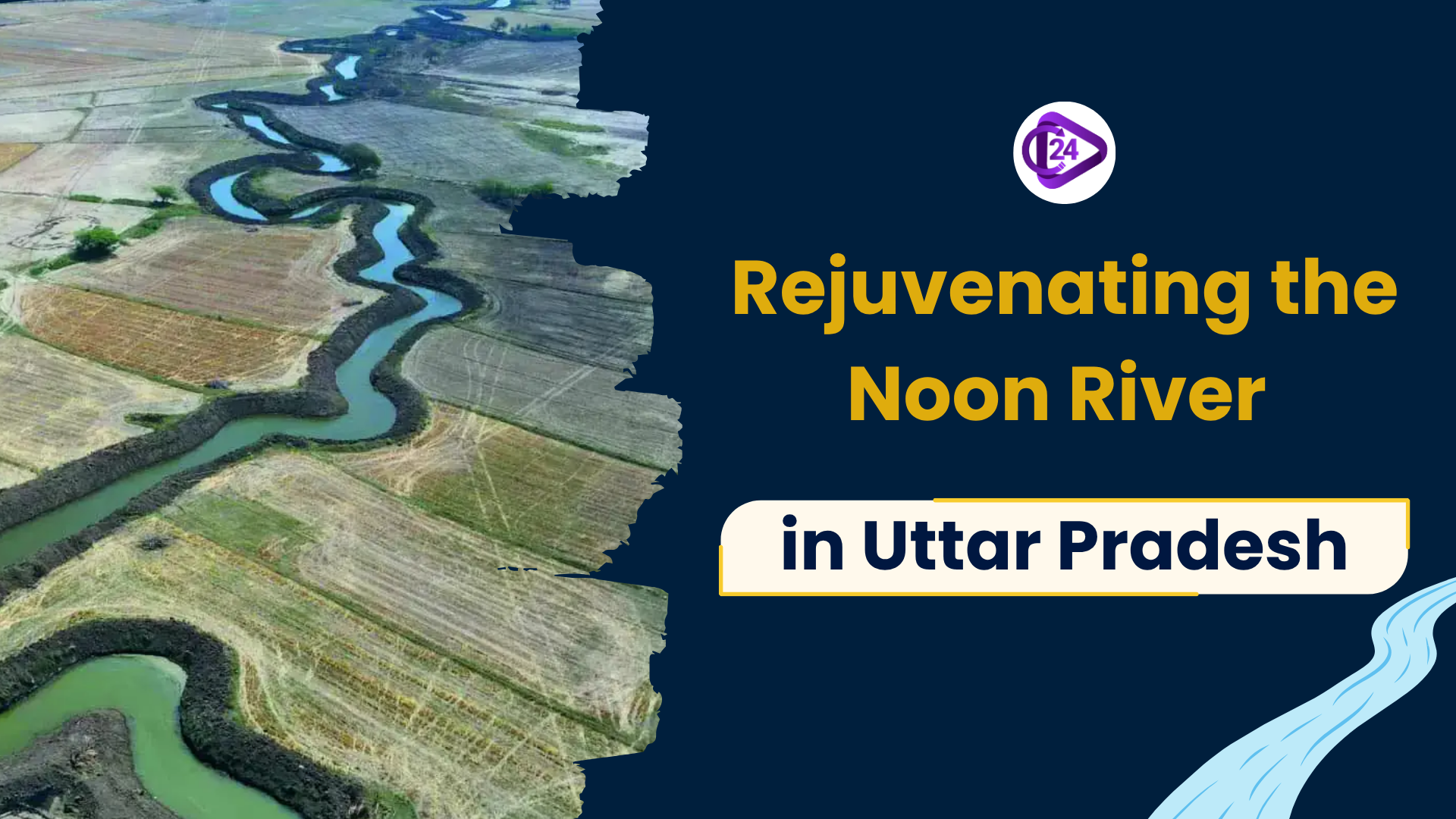 Rejuvenating the Noon River: A Model of Community-Led River Restoration in Uttar Pradesh
Rejuvenating the Noon River: A Model of Community-Led River Restoration in Uttar Pradesh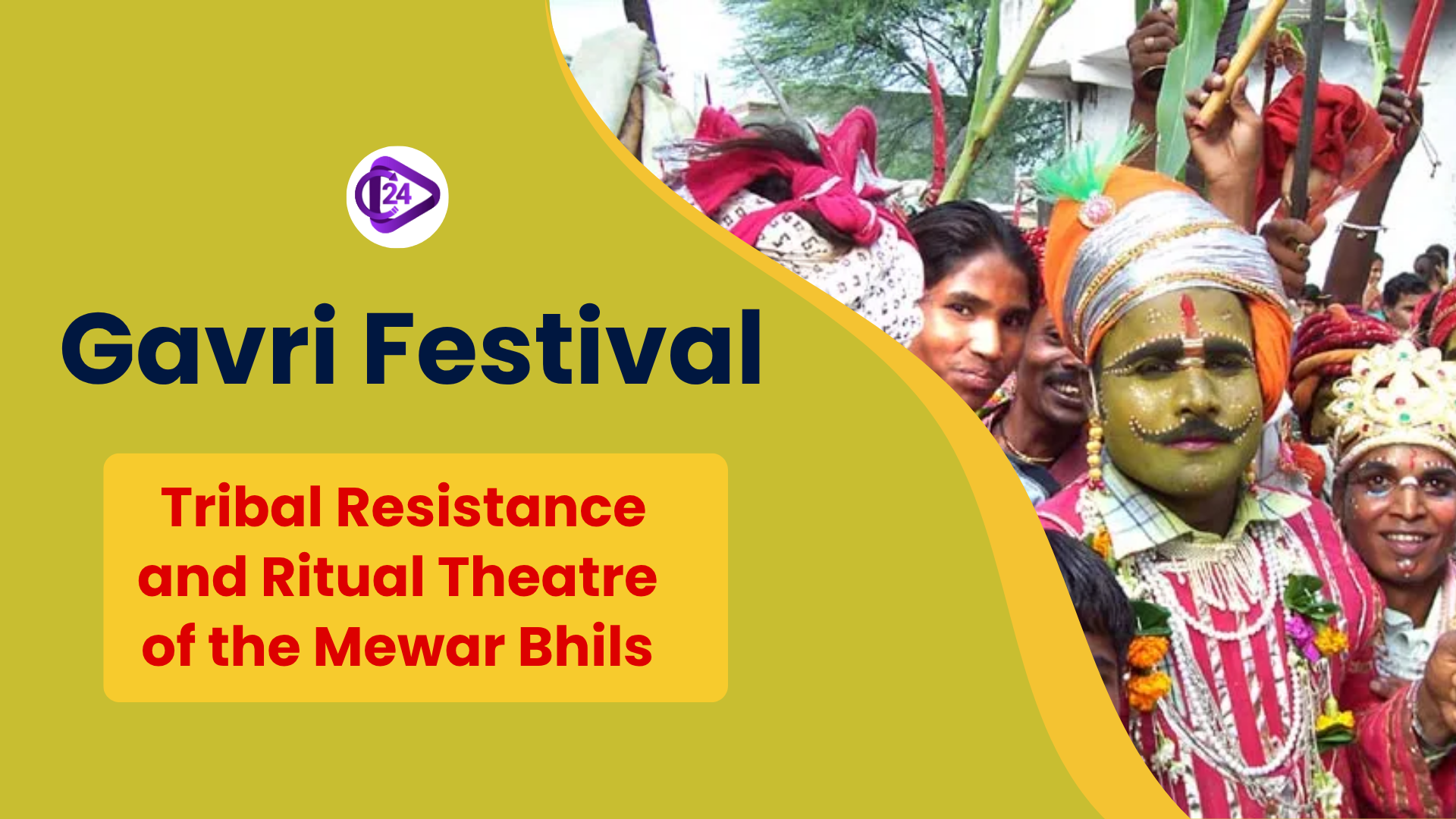 Gavri Festival: Tribal Resistance and Ritual Theatre of the Mewar Bhils
Gavri Festival: Tribal Resistance and Ritual Theatre of the Mewar Bhils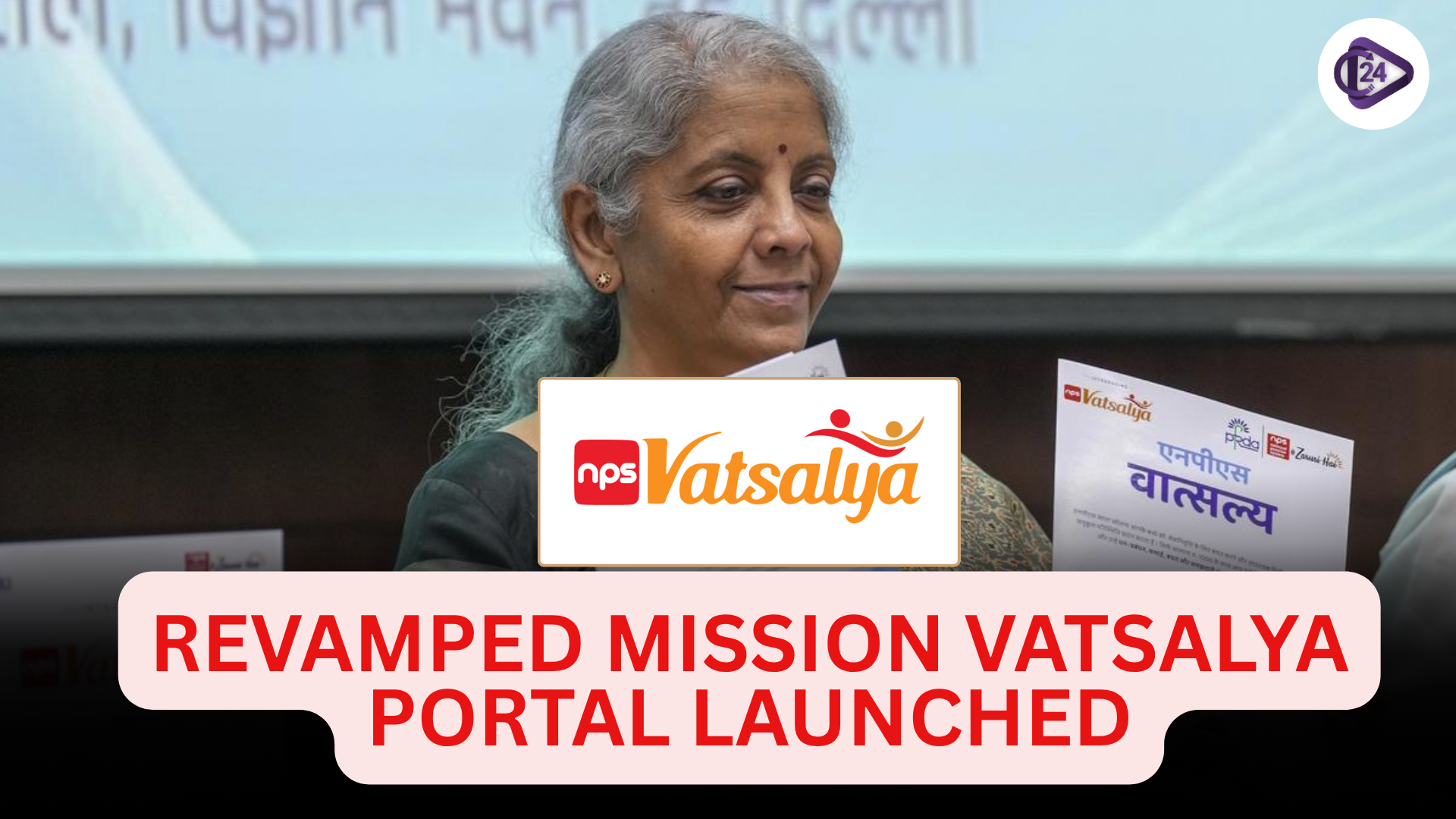 Mission Vatsalya Portal Relaunched to Strengthen Child Protection Services
Mission Vatsalya Portal Relaunched to Strengthen Child Protection Services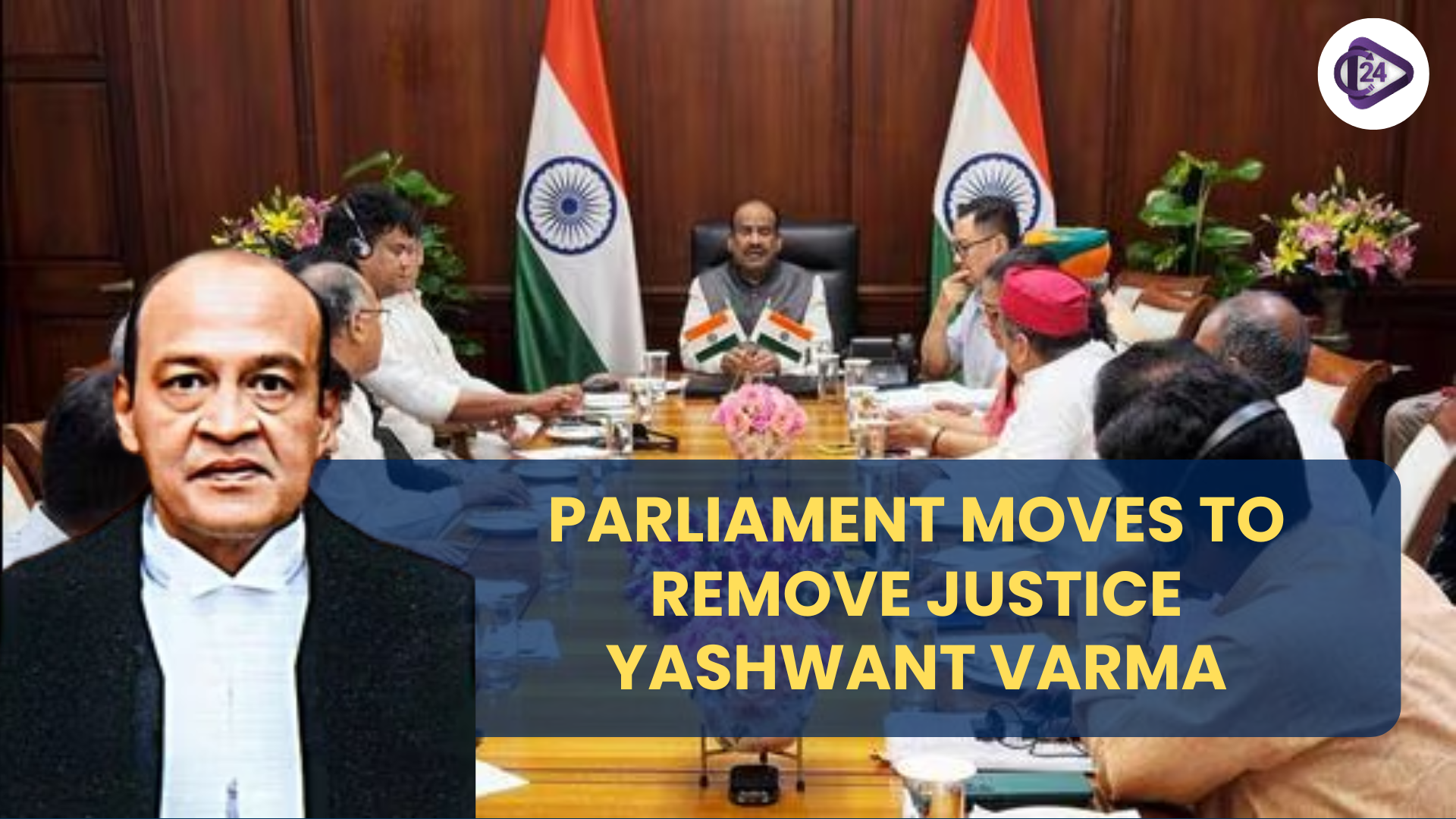 Parliament Begins Process to Remove Justice Yashwant Varma
Parliament Begins Process to Remove Justice Yashwant Varma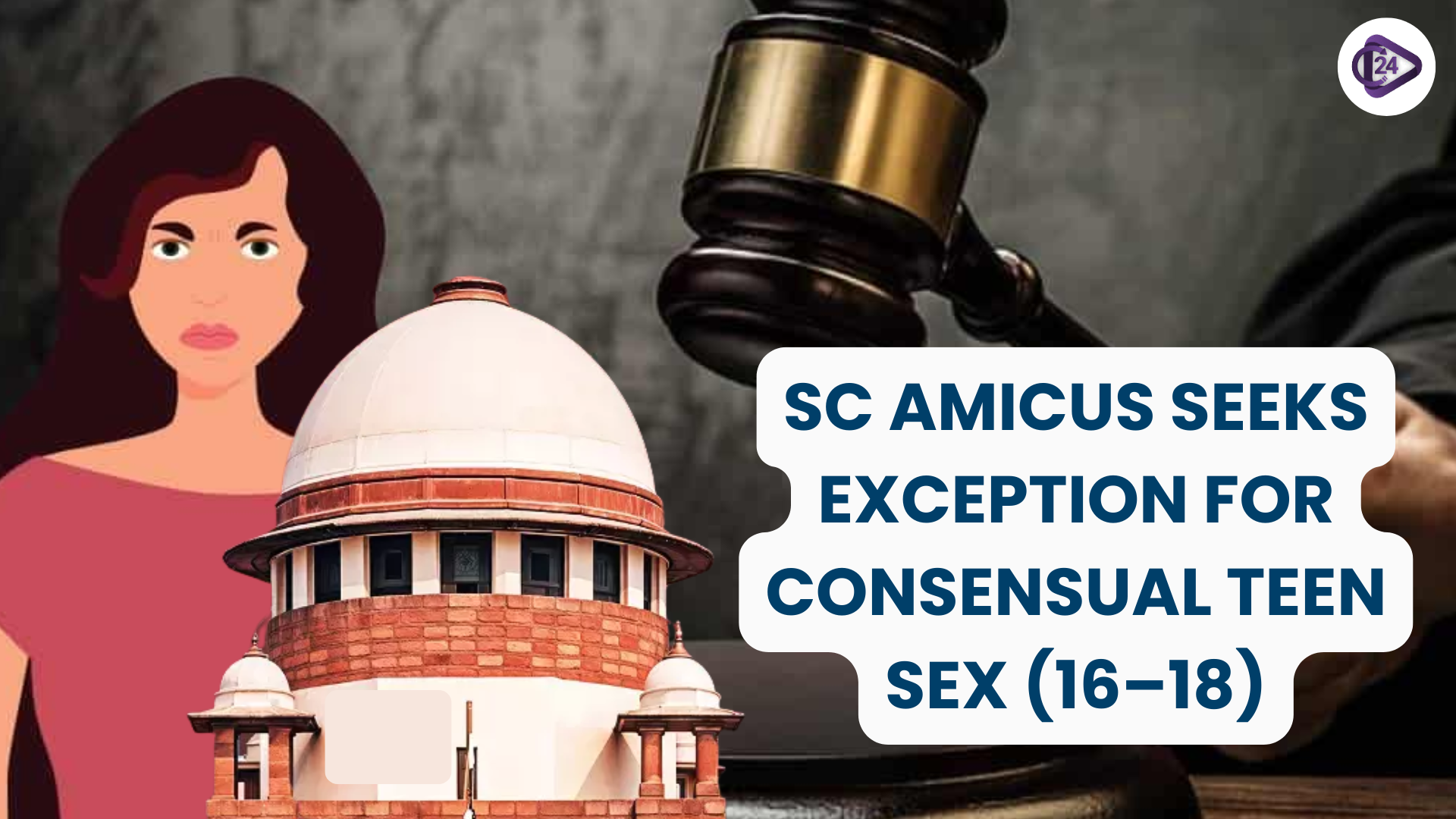 SC Amicus Seeks Exception for Consensual Sex Between Adolescents Aged 16–18
SC Amicus Seeks Exception for Consensual Sex Between Adolescents Aged 16–18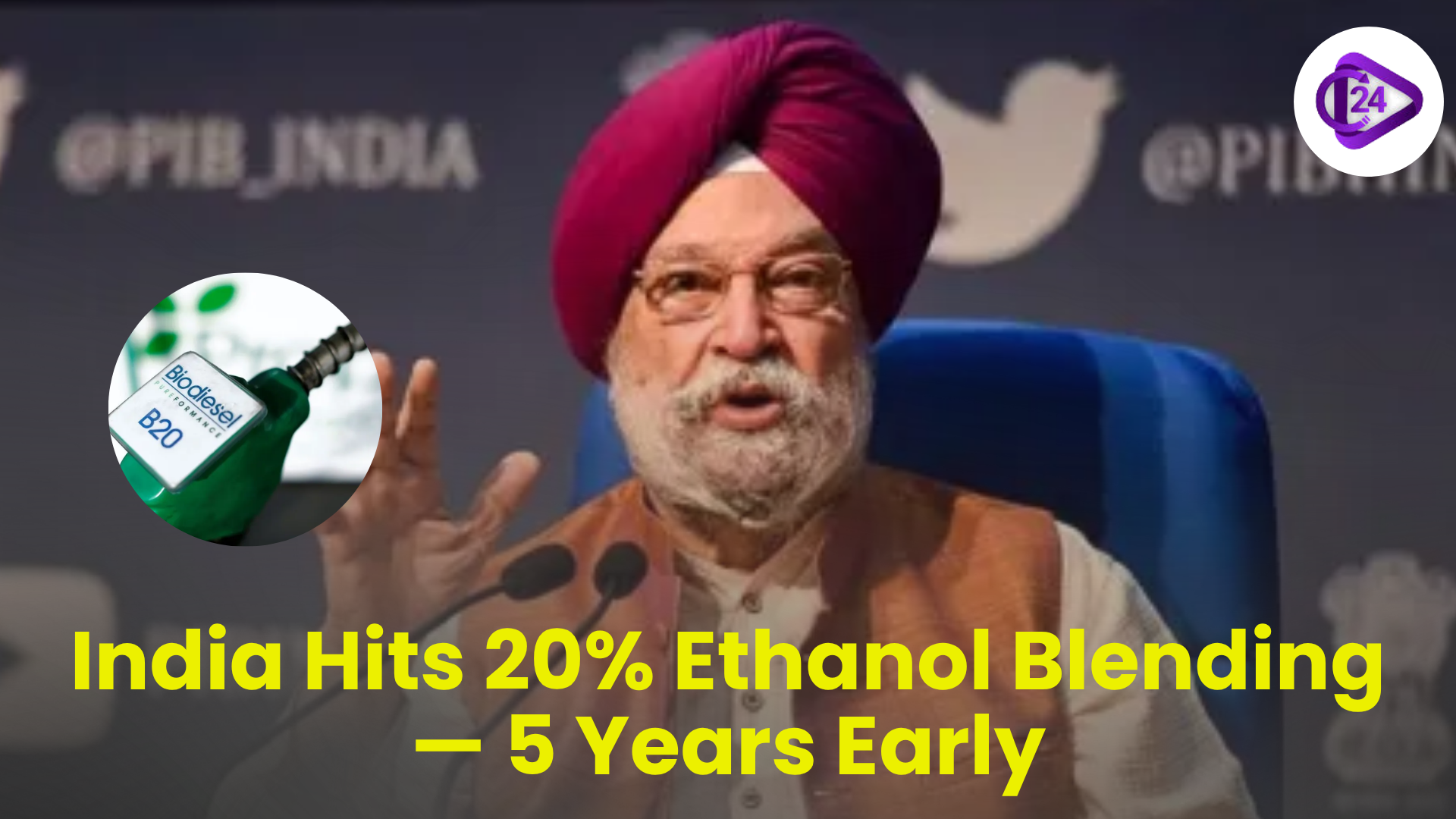 India Achieves 20% Ethanol Blending in Petrol — 5 Years Ahead of Target
India Achieves 20% Ethanol Blending in Petrol — 5 Years Ahead of Target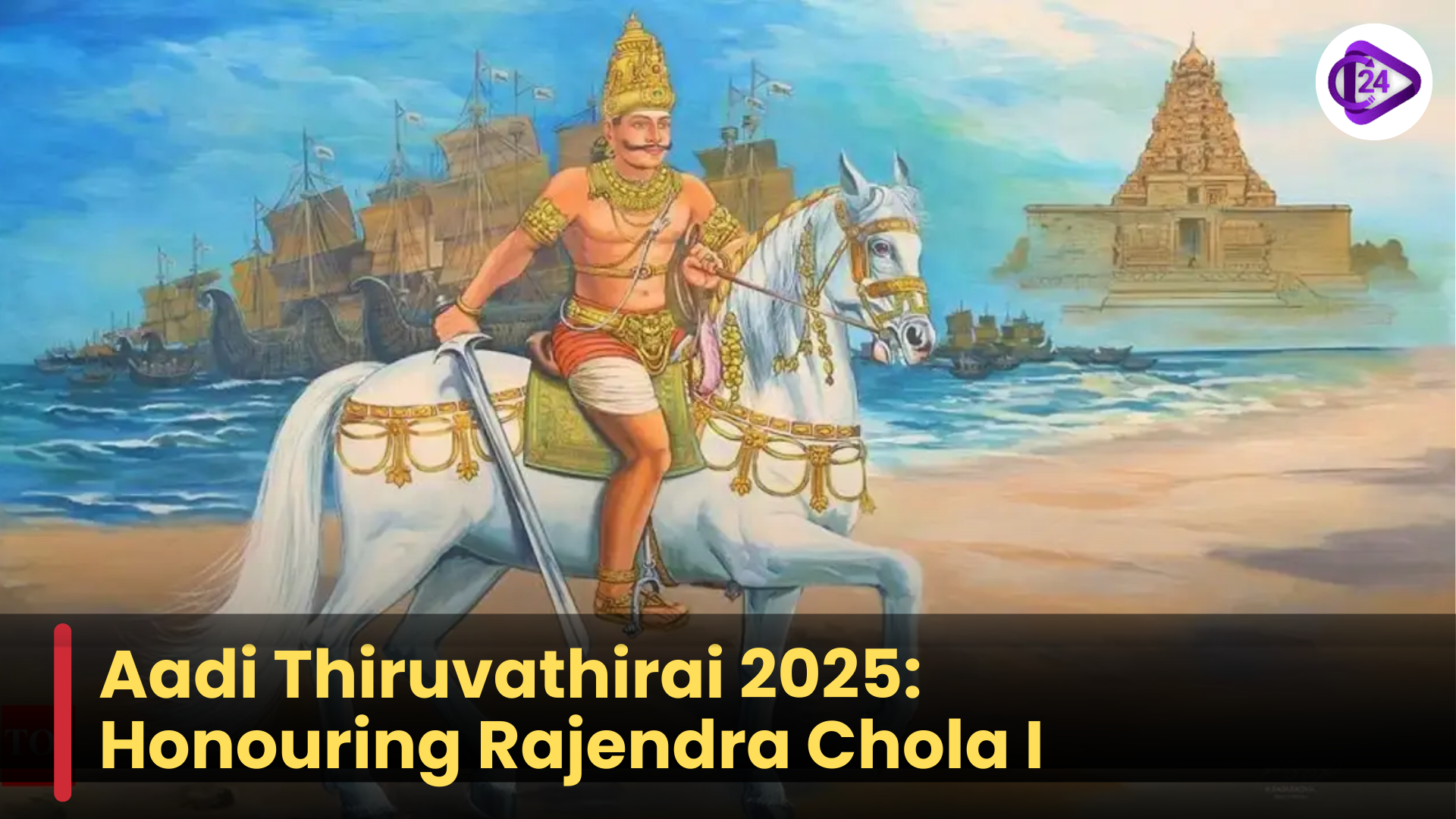 Aadi Thiruvathirai 2025: Honouring Rajendra Chola I
Aadi Thiruvathirai 2025: Honouring Rajendra Chola I 90%+ Sewer Deaths Occurred Without Safety Gear, Finds Social Audit
90%+ Sewer Deaths Occurred Without Safety Gear, Finds Social Audit MiG-21 Fighter Jets to Retire in September 2025
MiG-21 Fighter Jets to Retire in September 2025






